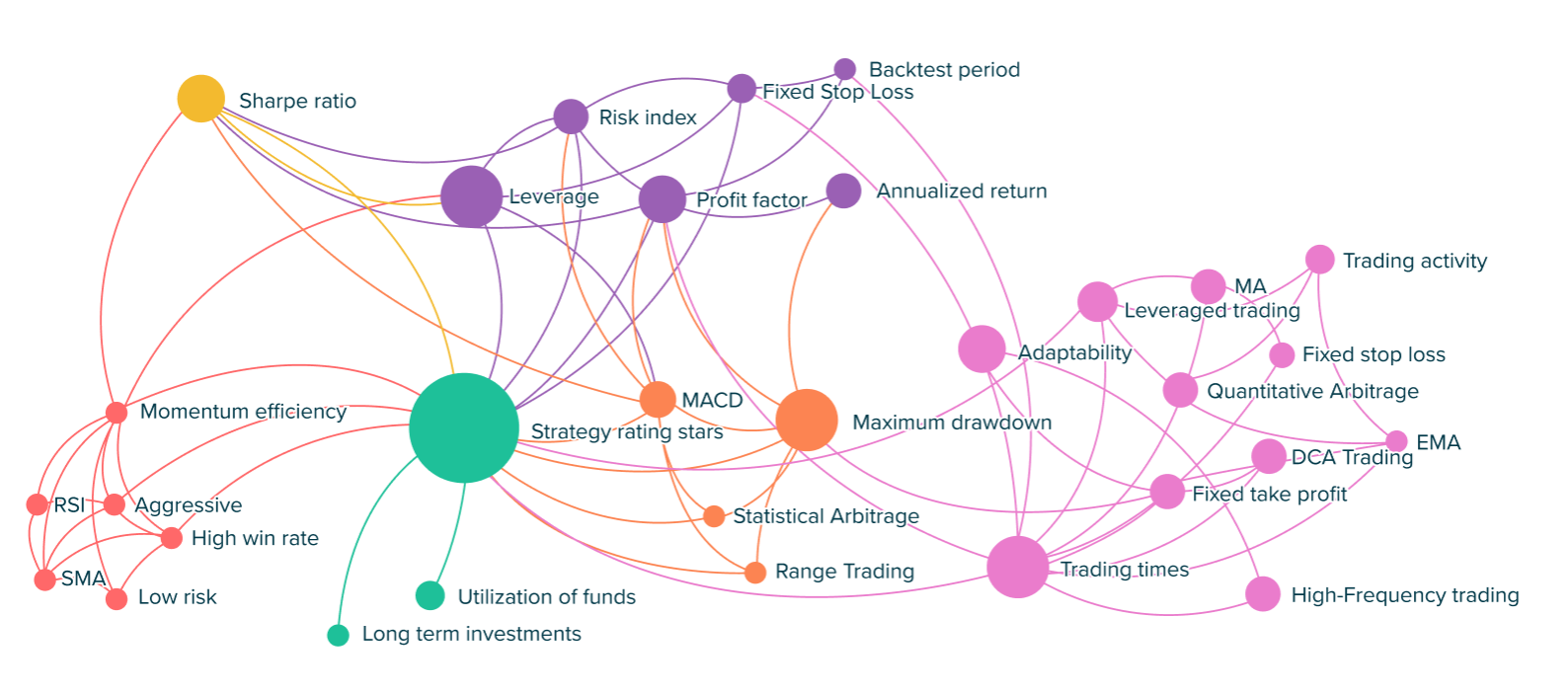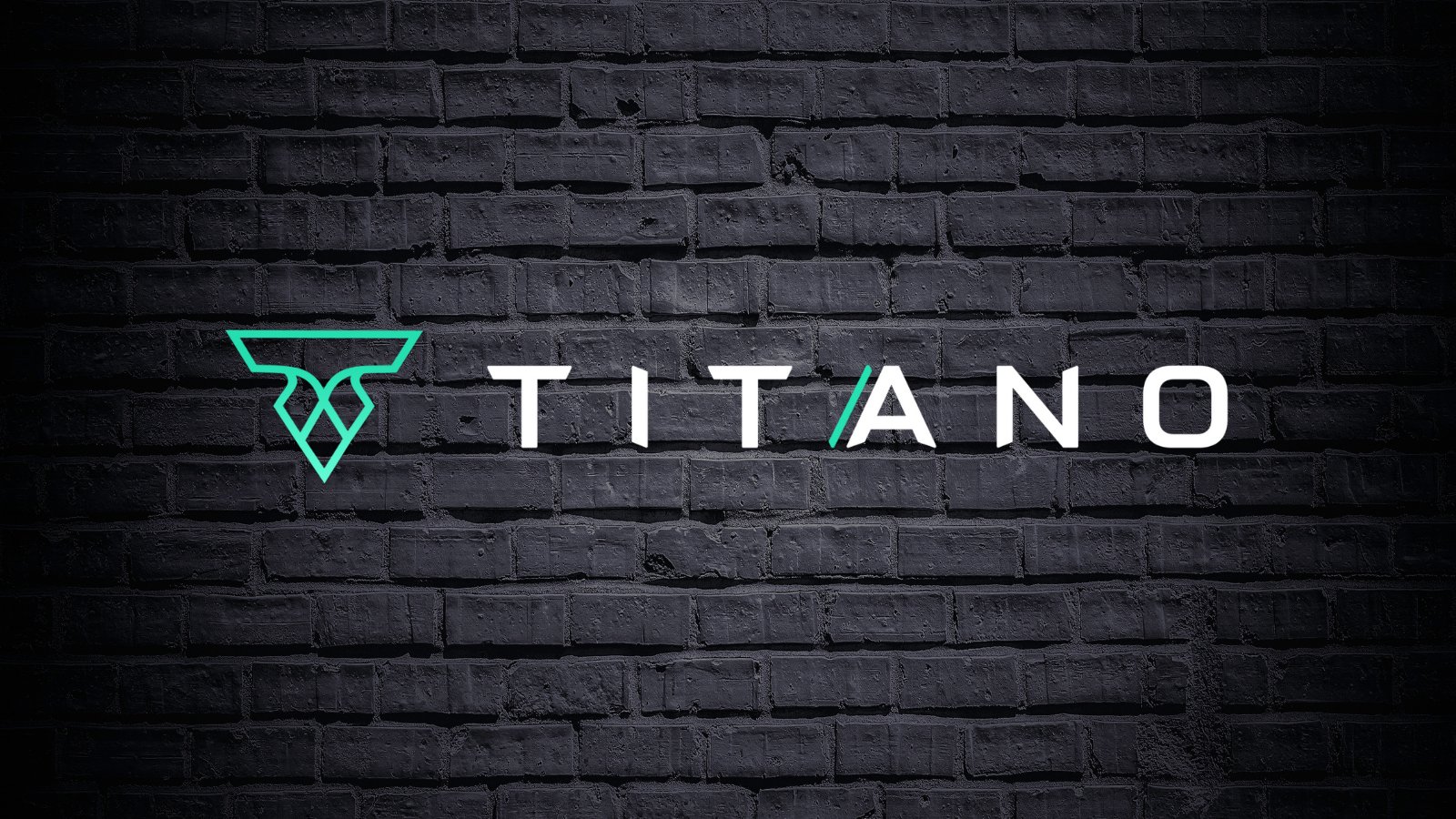
Cryptocurrency has emerged as a revolutionary force in the world of finance, providing a decentralized and secure alternative to traditional forms of currency. In this premier guide, we will delve into the fundamental workings of cryptocurrency, demystifying the complexities and shedding light on the key concepts that make this digital currency ecosystem function.
1. Blockchain Technology: The Backbone of Cryptocurrency
At the heart of cryptocurrency lies blockchain technology, a decentralized and distributed ledger that records all transactions across a network of computers. The blockchain ensures transparency, immutability, and security. Each block in the chain contains a set of transactions, and once a block is completed, it is linked to the previous one, forming a continuous chain.
2. Cryptographic Principles: Ensuring Security
Cryptocurrencies rely on cryptographic techniques to secure transactions and control the creation of new units. Public and private keys play a crucial role in this process. Public keys are like addresses, visible to everyone, while private keys act as the secret code allowing access to the associated cryptocurrency. This cryptographic pairing ensures the integrity and security of the entire system.
3. Decentralization: Redefining Trust
Unlike traditional banking systems, cryptocurrencies operate on a decentralized network of nodes. This means there is no central authority governing the currency. Transactions are verified by network participants through cryptography and recorded on the blockchain, eliminating the need for intermediaries and reducing the risk of fraud.
4. Mining and Consensus Mechanisms: Creating New Coins
Cryptocurrencies often utilize mining, a process where powerful computers solve complex mathematical problems to validate and add transactions to the blockchain. This process also introduces new coins into circulation. Various consensus mechanisms, such as Proof of Work (PoW) and Proof of Stake (PoS), determine how these validations occur, ensuring the network’s security and efficiency.
5. Wallets: Your Digital Vault
Cryptocurrency wallets are digital tools that allow users to store, manage, and transfer their digital assets securely. Wallets can be hardware-based, software-based, or even exist as paper or metal backups. They interact with the blockchain to provide users with control over their funds.
6. Smart Contracts: Automating Transactions
Smart contracts are self-executing contracts with the terms of the agreement directly written into code. They automatically enforce and execute the terms when predefined conditions are met. Smart contracts enhance the functionality of cryptocurrencies, enabling a wide range of applications beyond simple transactions.
7. Popular Cryptocurrencies: A Brief Overview
This premier guide would be incomplete without mentioning some of the most well-known cryptocurrencies. Bitcoin, the pioneer, Ethereum with its smart contract capabilities, Ripple facilitating cross-border payments, and numerous altcoins contributing to the diverse crypto landscape.
In conclusion, this premier guide provides a comprehensive understanding of how cryptocurrency works, from the underlying blockchain technology to the cryptographic principles ensuring security. As the crypto space continues to evolve, this knowledge will empower both beginners and enthusiasts to navigate and participate in the exciting world of digital currencies.





